Photographs: Anita Rao Kashi Anita Rao Kashi
Despite the bleak landscape, there is something quite alluring about Bhuj says Anita Rao Kashi.
The landscape was bleak.
It was flat, grayish brown and stretched out till the eye could see, broken only by clumps of what could be called stark bushes.
And it was cracked quite dramatically, lines running along everywhere, a bit like texture of the skin, but magnified a thousand-fold.
As we bumped along in an open jeep, kicking up dust in our wake, the sun beating down and a mild breeze blowing, I craned my eyes for movement, any movement. But nothing stirred.
Then all of a sudden, in the distance, almost camouflaged with the landscape, I spied a herd of wild asses.
It was a beautiful sight -- half a dozen animals, all patchy brown and white, stood around warily as we approached, ears twitching and ready for flight.
We slowed down and came to a stop a few hundred feet away while cameras whirred and clicked.
The animals stood around for a few minutes and then gracefully ran away and took shelter behind a thick clump of bushed and trees.
Spread over nearly 5000 sq km, the Indian Wild Ass Sanctuary in the Rann of Kutch in Gujarat, was incredibly huge.
IN PICS: The stark beauty of Bhuj
Image: Flamingos inside the Indian Wild Ass Sanctuary in the Rann of Kutch.Photographs: Anita Rao Kashi Anita Rao Kashi
The sanctuary has many entry points but I had arrived at the Royal Safari Camp Bajana near Dhrangadhra in the morning and ventured into the sanctuary late in the afternoon.
Formed through the process of siltation of marine estuary, the Rann is a massive sheet of water during the monsoons.
But once the water begins to dry up by October, it leaves a vast and intricate network of cracks that give it a surreal appearance.
And it is in this stark landscape that the wild asses roam in herds of up to 30 animals sometimes, looking for food and water and resting during the heat of the afternoon, which could sometimes reach 45 degrees Celsius.
Extremely hardy, the animals are known to survive in these temperatures and prolonged periods of drought.
For all the popular euphemisms surrounding them, the animals are quite intelligent, strong and agile, achieving speeds of up to 70 km/hour, even though they can sometimes weigh up to 230 kg.
IN PICS: The stark beauty of Bhuj
Image: Parag Mahal, BhujPhotographs: Anita Rao Kashi Anita Rao Kashi
We drove around for about an hour on the parched landscape and spotted more and more of these shy creatures.
But as the sun went down, we headed to a water body where the water had turned into a rippling mass of molten gold.
In the distance, flocks of flamingos rested on the water and made for an enduring sight as the sun sank and darkness fell.
The next morning I headed to Bhuj, a couple of hours to the West.
Unsure about what to expect, considering it had suffered extensively in the earthquake, the bustling and sprawling city was certainly a surprise.
Remains of an old fort greeted us as we entered the city but masses and masses of houses spread out on undulating landscape was a heartening sight.
In the older parts, I found a massive building, a hospital I was told, had been left in ruins, a grim reminder about the city's history.
Deep down though, I was pleased to see to two ancient structures, intact and beautiful.
Parts of the Prag Mahal were damaged from the earthquake, but it had plenty to point to its beauty.
Lovely embellishments on the outer walls and pillars bore testimony to exquisite craftsmanship as did the exuberant Durbar Hall with its chandeliers and gold-skirted classical statues.
IN PICS: The stark beauty of Bhuj
Image: Aina Mahal, BhujPhotographs: Anita Rao Kashi Anita Rao Kashi
Next to it stood the Aina Mahal, built in 1752.
Its biggest attraction was the massive scroll showing a Kutch state procession.
It took its name from the elaborately mirrored interior which clearly demonstrated the influence and fascination that Europe had in India.
Almost adjacent to these buildings stands the Harmisar Lake, bang in the middle of the city, as if everything was ranged around it.
I returned to it in the evening and sat on its banks.
A cool breeze blew and walkers and occasional joggers passed me by.
The white-marbled Swaminarayan Temple on the banks of the lake gleamed in ethereal beauty.
I could hear the faint strains of music, possibly from the temple or elsewhere, interspersed with snatches of conversation.
IN PICS: The stark beauty of Bhuj
Image: Harmisar Lake, BhujPhotographs: Anita Rao Kashi Anita Rao Kashi
As the day drew to a close and lights came on, they were reflected in the gently rippling water, spreading tranquility. It was a great way to finish the day and the trip.
How to get there:
Ahmedabad is the best option for flights; Bhuj has infrequent connections and hence flying there is very expensive.
However, Bhuj is well connected by trains and buses from Ahmedabad.
Distances/time taken:
- Ahmedabad to Wild Ass Sanctuary at Dhrangadhra: 125 km/approx 2 hours
- Ahmedabad to Bhuj: 330 km/5.5 hours
- Bhuj to White Rann near Dhordo: 80 km/1.45 hrs
Where to stay/eat:
Apart from Tent City which comes up during Rann Utsav, GTDC has a resort near Dhordo; there's also Shaam-e-Sarhad near Hodko village.
Best time to visit:
Rann Utsav takes place from Dec to Feb which also is the best time to visit.
You could visit it rest of the year too except during the monsoons (July to September)
Approx cost: Rs 40,000 for a 5 nights/6 days trip excluding air fares.

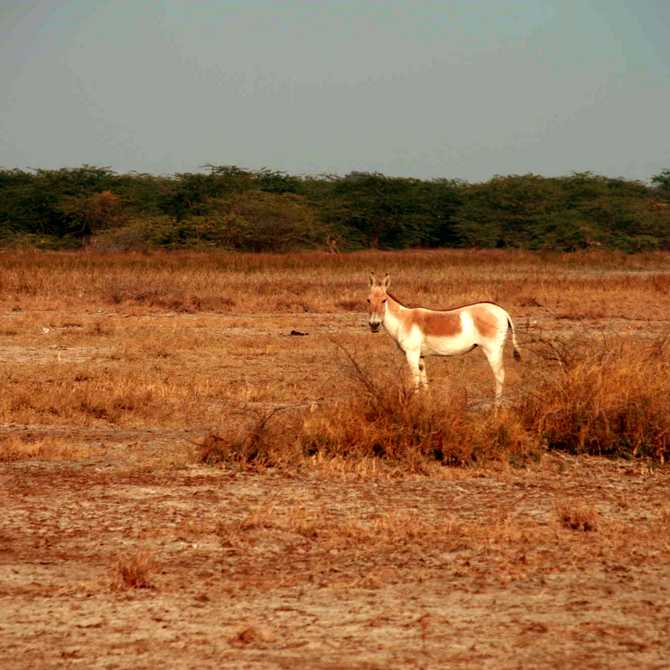
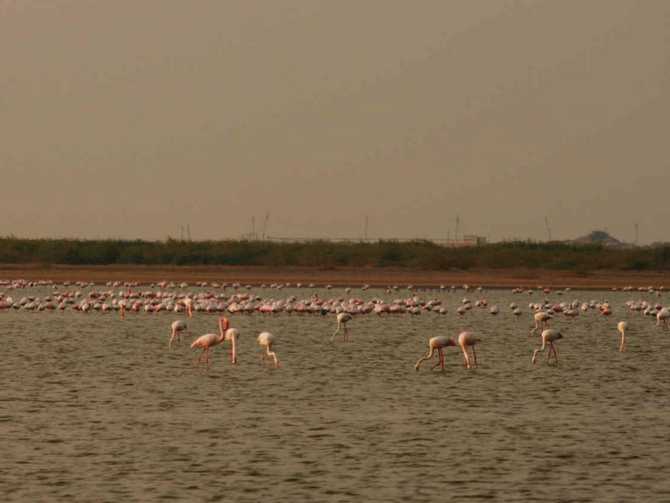
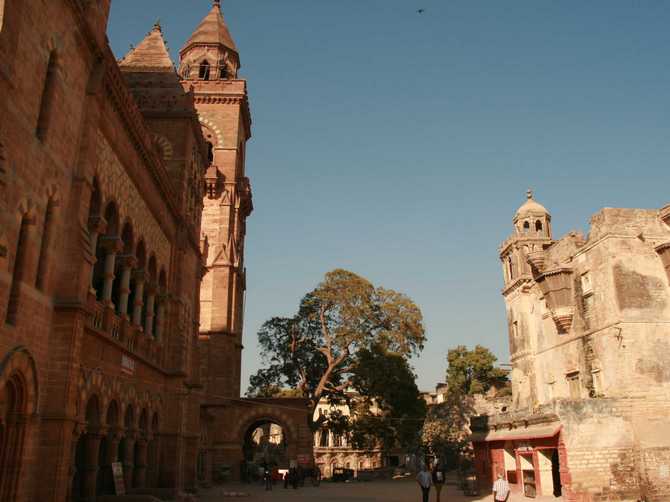
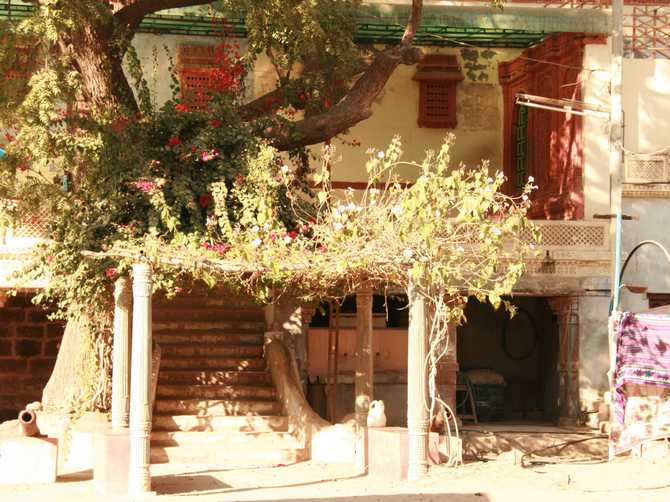
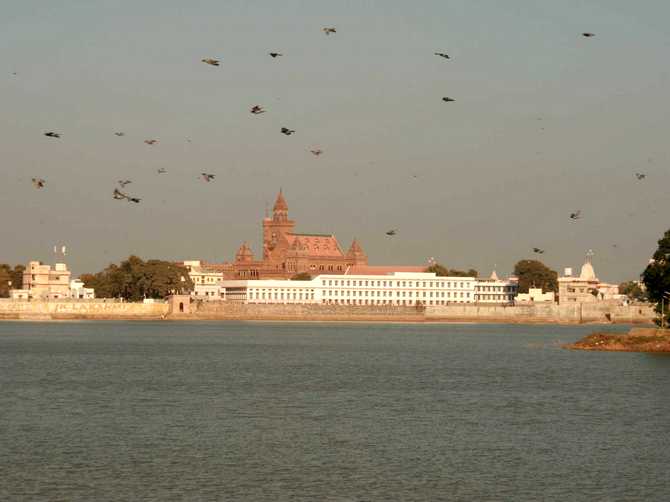
Comment
article